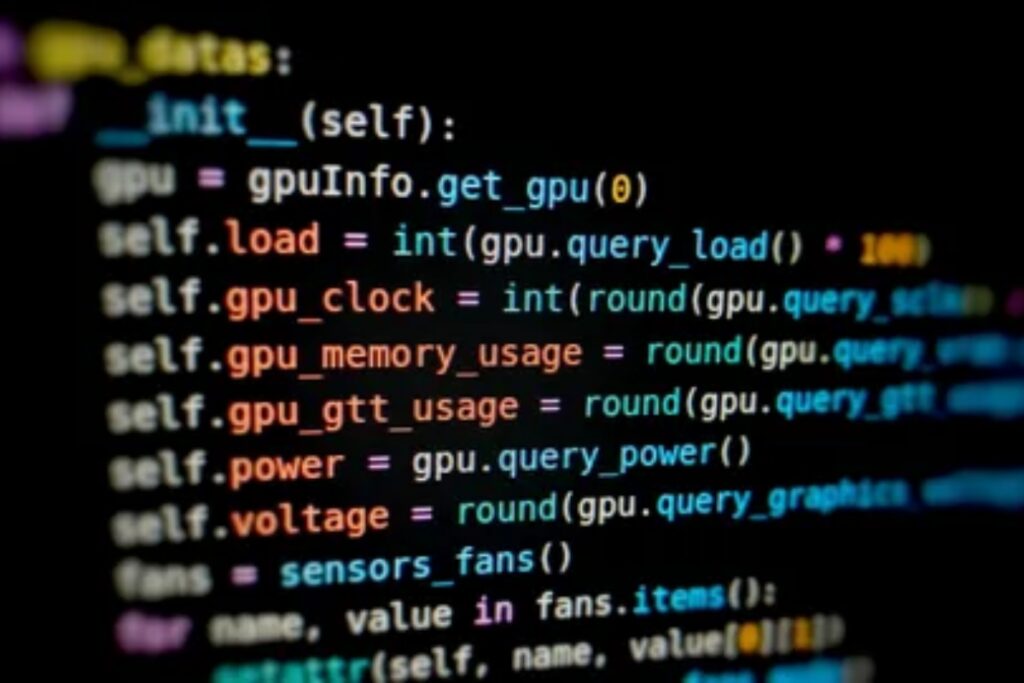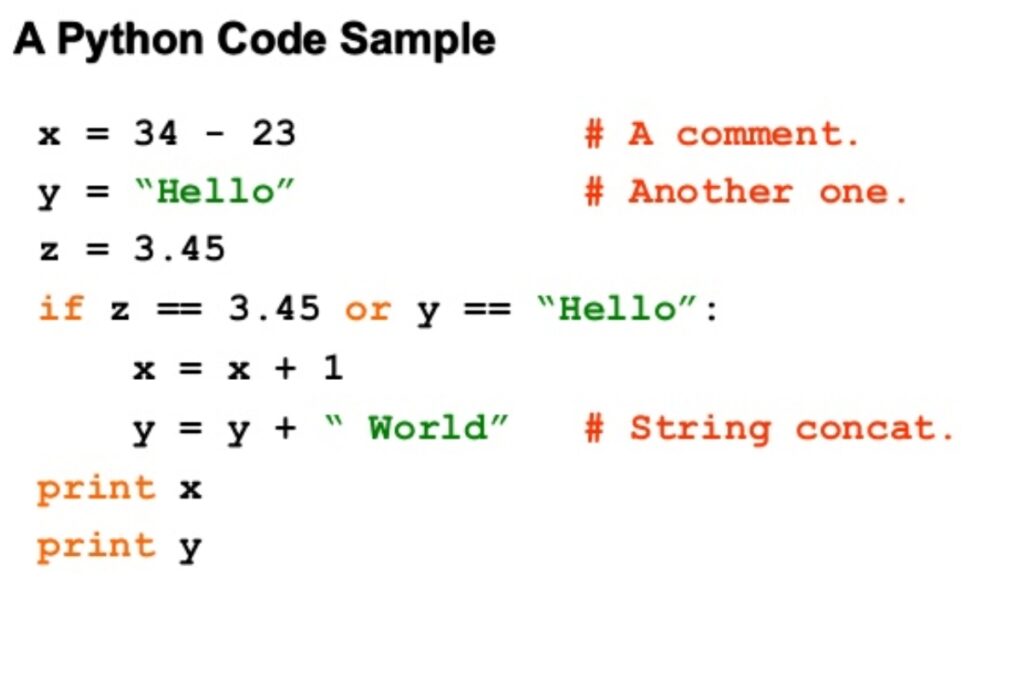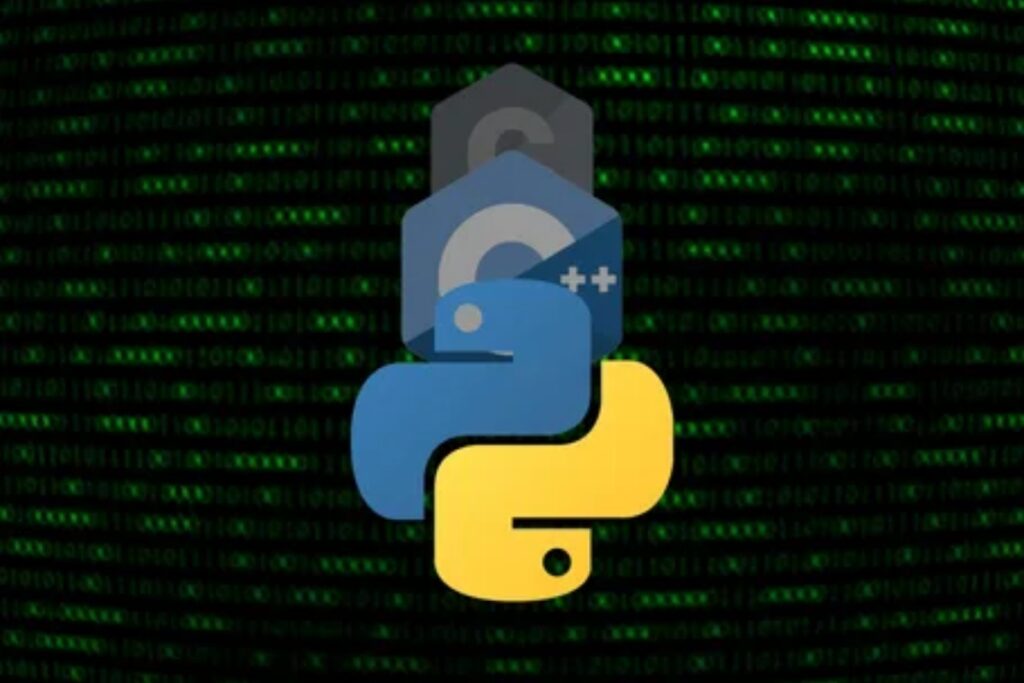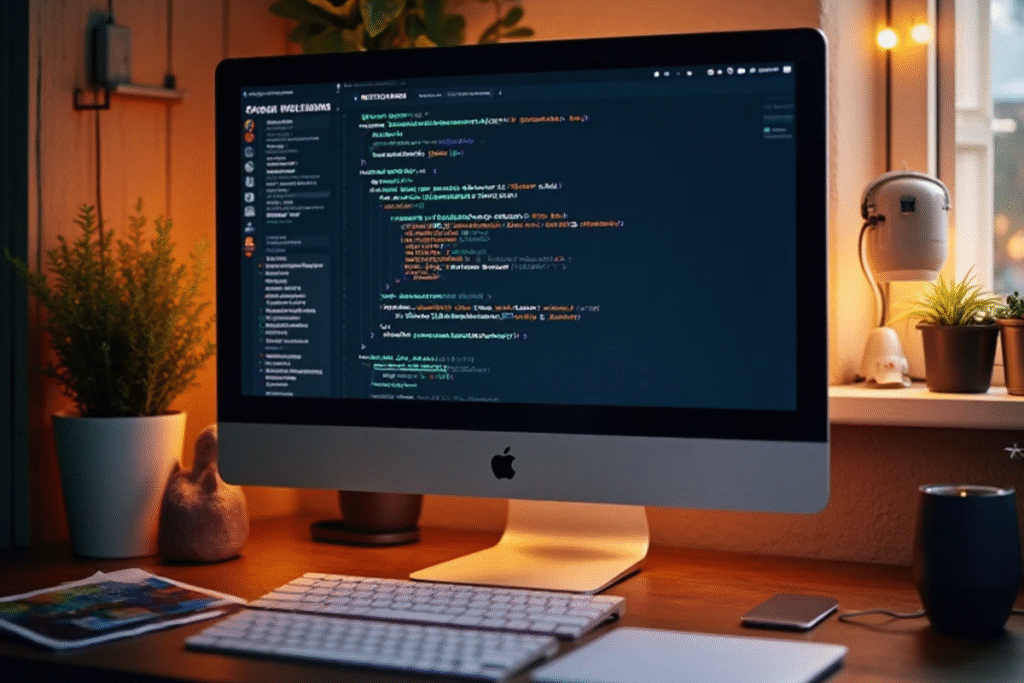Learning how to call a function in python is a key step in becoming confident in programming. A function allows you to organize code into reusable blocks that make your program clean clear and easy to control.
Calling a function means telling Python to run that block of code whenever you need it. In this guide you will master how to define a function call it pass values return results and avoid common errors.
You will also see real examples that help you understand why functions are the backbone of every Python project.Calling a function is not just typing its name it is about knowing when why and how to use it to make your code smarter.
Whether you want to print a message calculate values or handle data a function gives you full control. (How to call a function in python)Let us explore this step by step in a simple human friendly way. For more insights on startup tech and digital growth, explore the Rteetech homepage.
What Is a Function in Python

A function is a block of code that performs a task when called. It is created using the def keyword. A function can accept input known as parameters and can return output. Functions help to avoid repeating code and make programs easy to read.
Key Benefits of Functions
- Organize code into sections
- Reuse code without rewriting
- Make debugging simple
- Improve readability
How to Define a Function in Python
To create a function you must define it before calling it. This is done using def followed by a name and parentheses.
def greet():
print("Hello there")This function is named greet and prints a message. Defining a function only stores it in memory it does not run until you call it.
How to Call a Function in Python
Calling a function means executing it. To call a function simply write its name followed by parentheses.
greet()When this line runs Python looks for the function named greet and executes its code.
Calling a Function With Arguments
Sometimes you need to send data to a function so it can work with it. These are called arguments.
def greet(name):
print("Hello " + name)
greet("Sara")Here greet takes one value and uses it to print a personalized message.
Functions With Return Values
A function can also return data back to the program using return. This is useful when you want to use the result later.
def add(a b):
total = a + b
return total
result = add(5 7)
print(result)This function adds two numbers and returns the result so you can store or print it.
Why Calling a Function Matters
Calling a function saves time and keeps your code short. Instead of writing the same instructions again you call the function whenever needed. It creates a flow that makes your logic clean and easy.
When to Call a Function
- Display messages
- Handle calculations
- Process data
- Control program flow
Positional and Keyword Arguments
You can pass values to functions in two ways. Positional arguments follow the order. Keyword arguments use names.
def student(name age):
print("Name" name)
print("Age" age)
student("Ali" 20)
student(age=22 name="Sara")Default Parameter Values
A function can have default values. If no value is passed Python uses the default.
def welcome(name="Guest"):
print("Welcome" name)
welcome()
welcome("Adam")Calling Functions in Loops

You can call a function inside a loop to repeat tasks.
def show_message():
print("Python is fun")
for i in range(3):
show_message()Calling a Function Inside Another Function
Functions can work together. One function can call another.
def message():
return "Learning functions"
def display():
text = message()
print(text)
display()Real Use Case Extracting Even Numbers
def get_even(numbers):
evens = []
for n in numbers:
if n % 2 == 0:
evens.append(n)
return evens
values = [1 2 3 4 5 6 7 8 9 10]
result = get_even(values)
print(result)Common Errors While Calling Functions
Avoid These Mistakes
- Calling before defining
- Missing parentheses
- Wrong number of arguments
- Misspelled function name
Understanding Function Scope When Calling a Function
When calling a function in python it is important to understand scope which defines where a variable can be accessed. Variables created inside a function exist only within that function and cannot be used outside it. This is known as local scope.
If you call a function and try to use a variable defined inside it outside the function Python will give an error. To use data outside you must return it from the function. Understanding scope ensures smooth calling and prevents unexpected errors during execution.
Best Practices for Function Calling

- Use meaningful names
- Keep functions short
- Return values when needed
- Add comments for clarity
Conclusion
Knowing how to call a function in python gives you power to control your program. It makes your code clean and reusable. With practice you can build projects that are easy to manage.
Functions are the heart of Python and calling them correctly is the doorway to successful coding. The more you use them the more professional your code becomes. learn more about our SEO for business growth strategies instead of just “Rteetech LCC”.
FAQs
How to call a function in python
Calling a function means telling Python to run the block of code stored inside that function so the task defined in it is executed.
Can a function work without arguments
Yes a function can run without arguments when it does not need external data and only performs a built in action inside its body.
Why use return in a function
Return is used to send a result back from a function so you can store it use it or pass it into other parts of your code.
Can I call a function many times
Yes you can call a function repeatedly whenever needed which saves time by reusing the same code efficiently.
What happens if I forget parentheses
If you forget parentheses Python will not execute the function it will only refer to it as an object without running its code.
Can a function call another function
Yes one function can call another to divide complex logic into smaller tasks which helps in organizing and simplifying code.
What if I pass wrong arguments
Passing the wrong number or type of arguments will cause an error because Python expects the function to follow its defined structure.
Is indentation required in functions
Yes proper indentation is required to show which lines belong to the function since Python uses whitespace to define code blocks.



